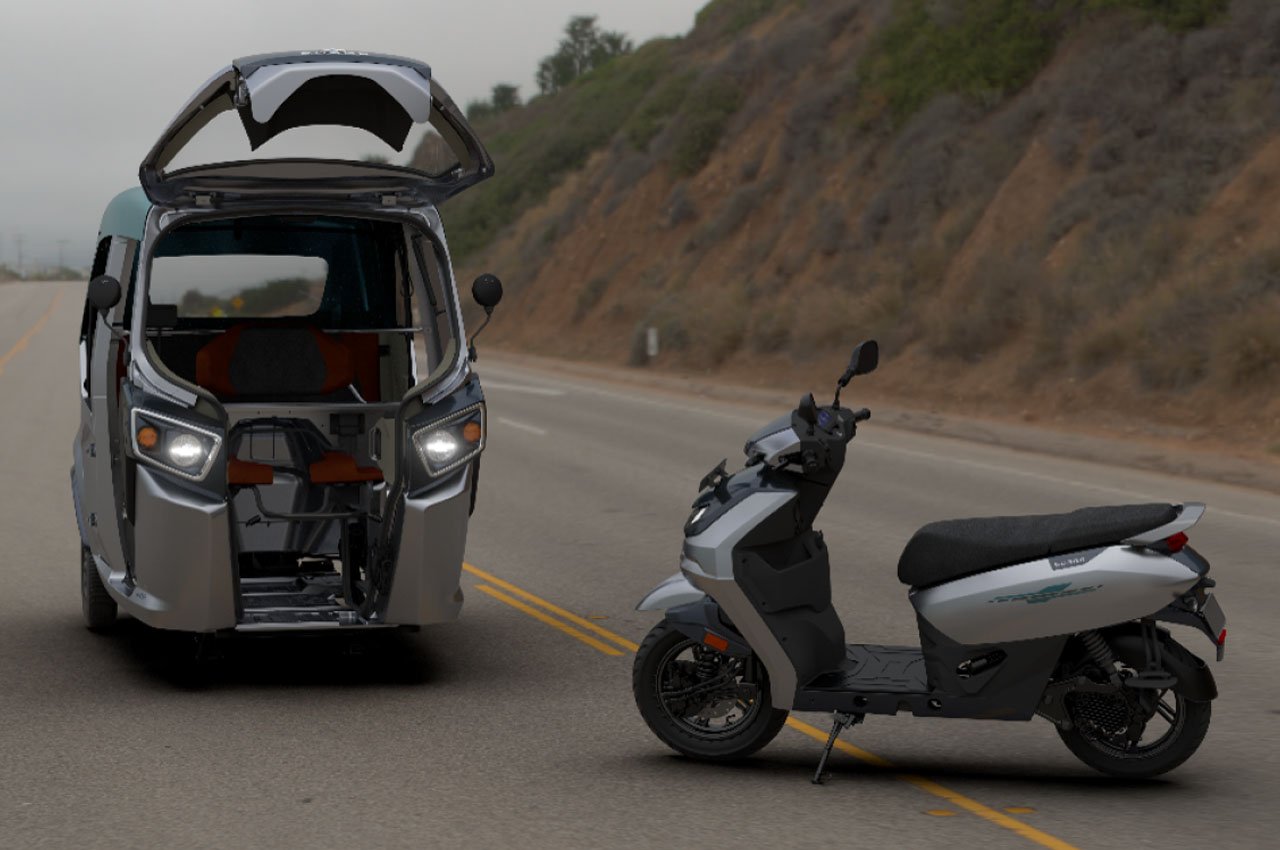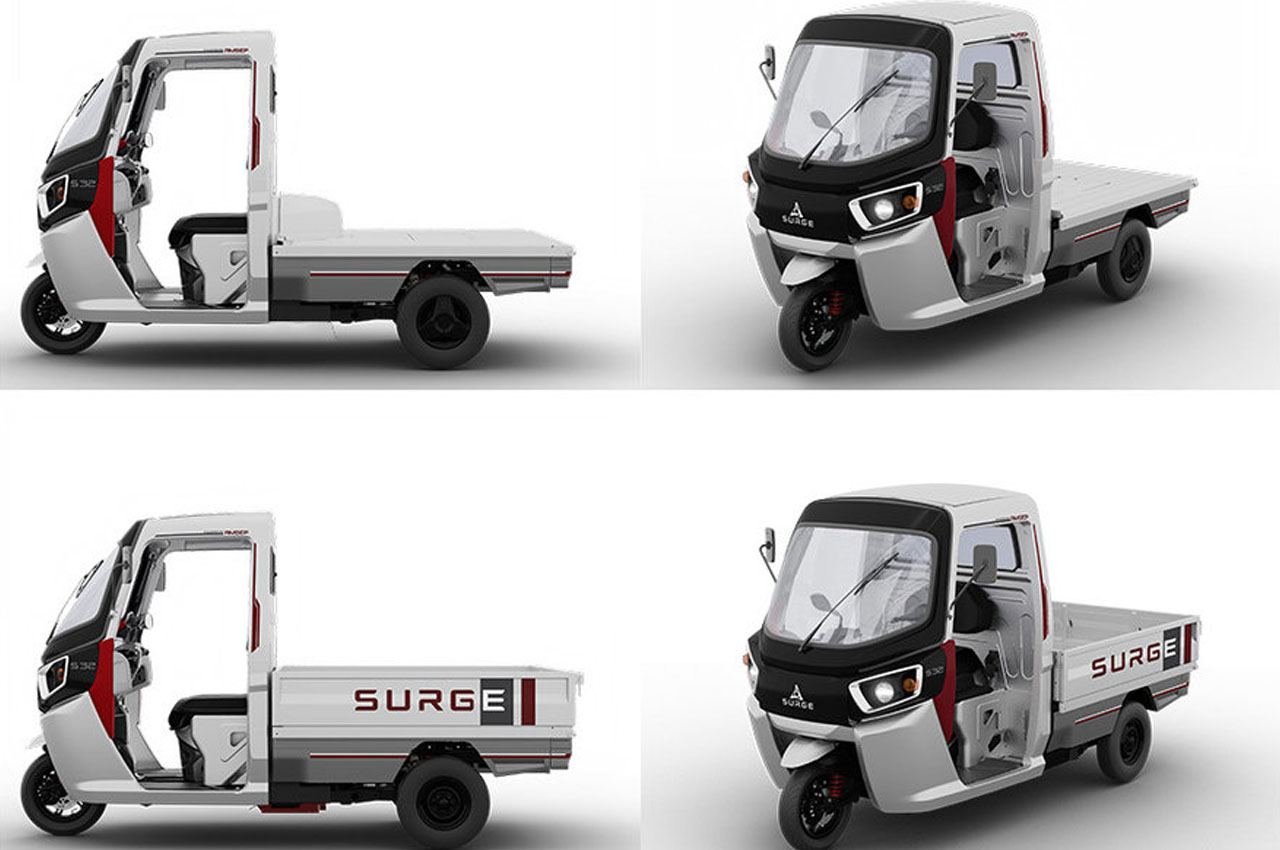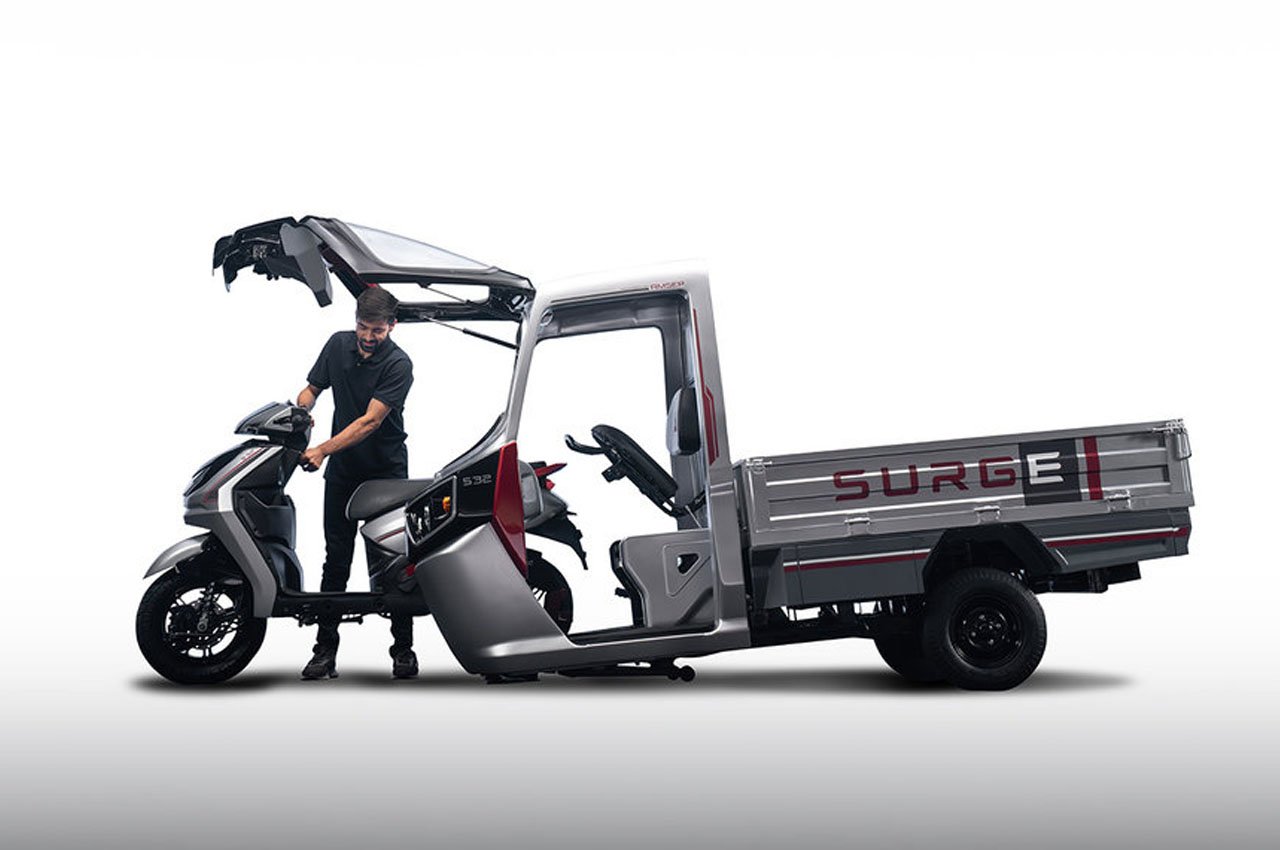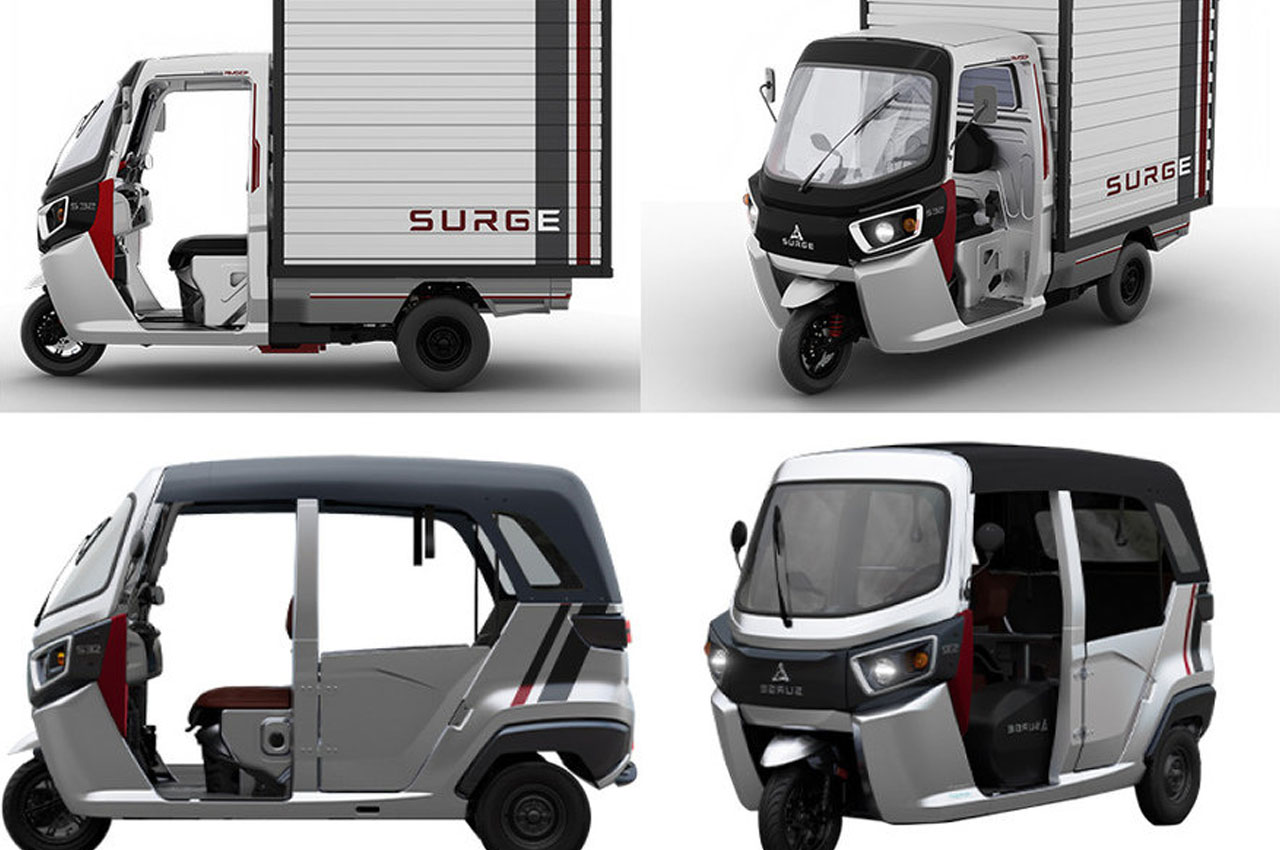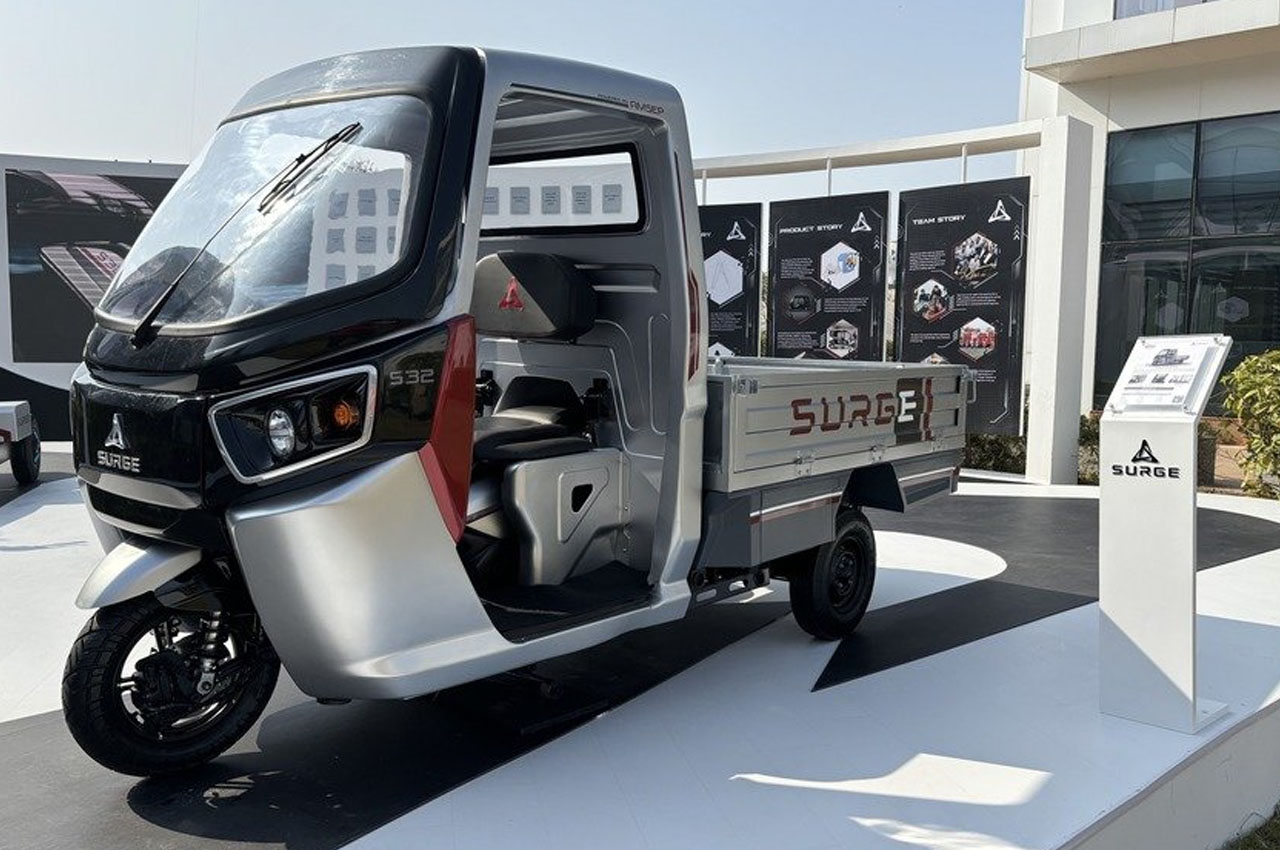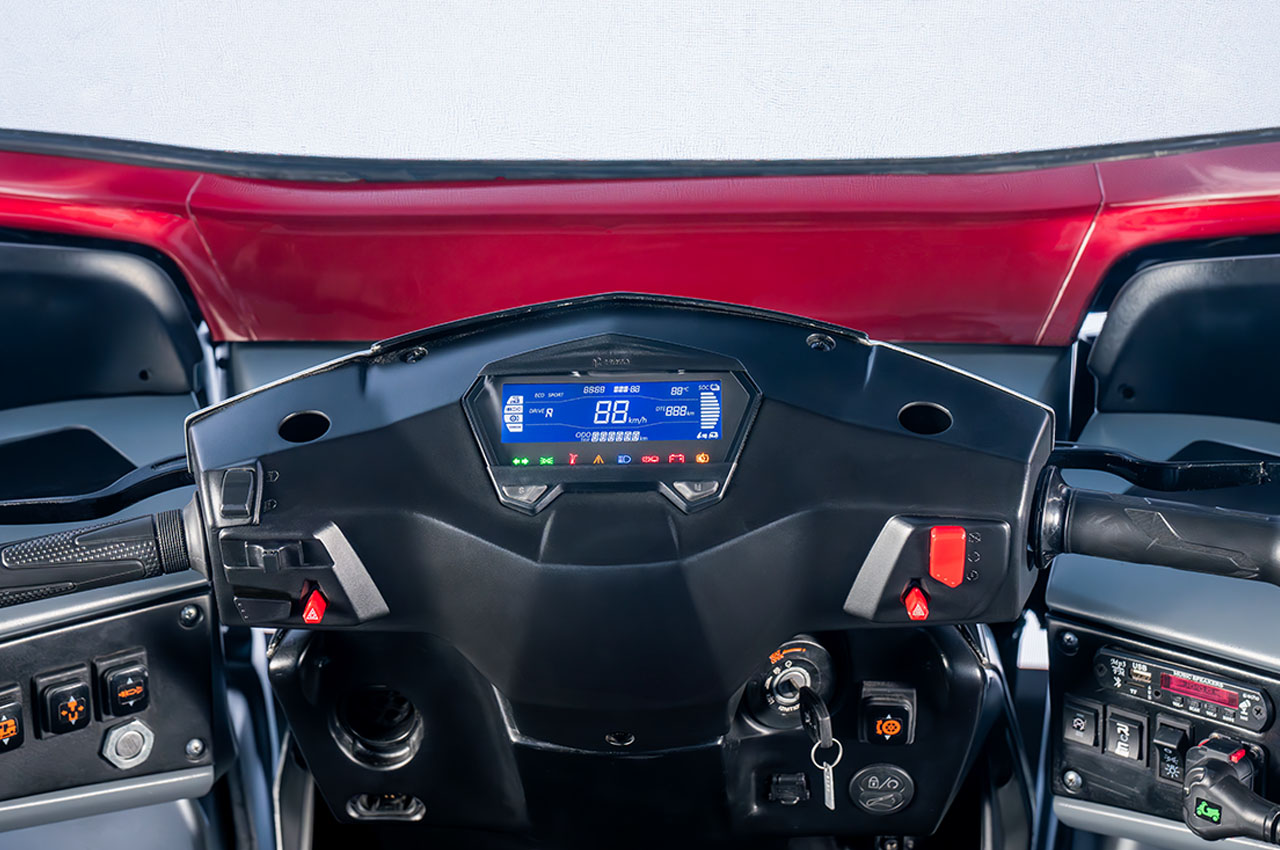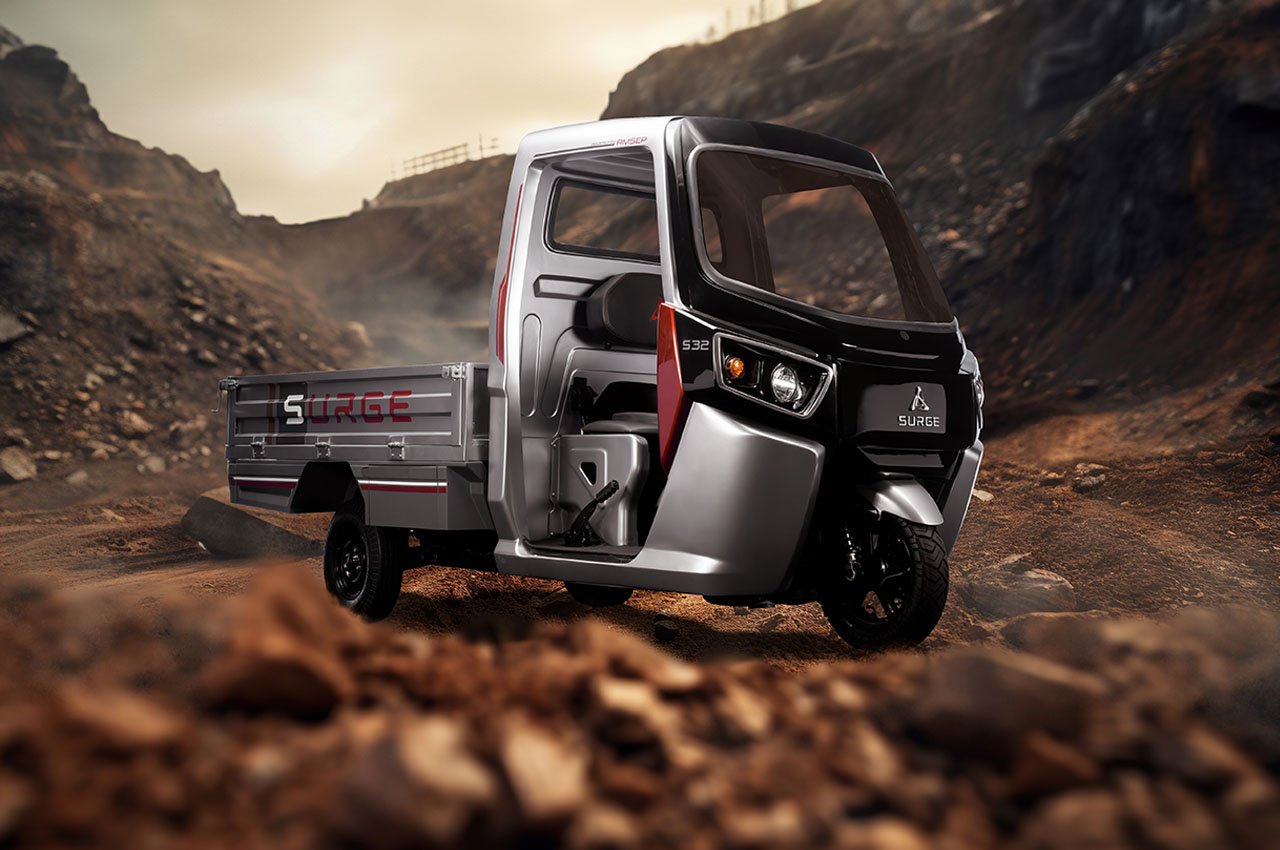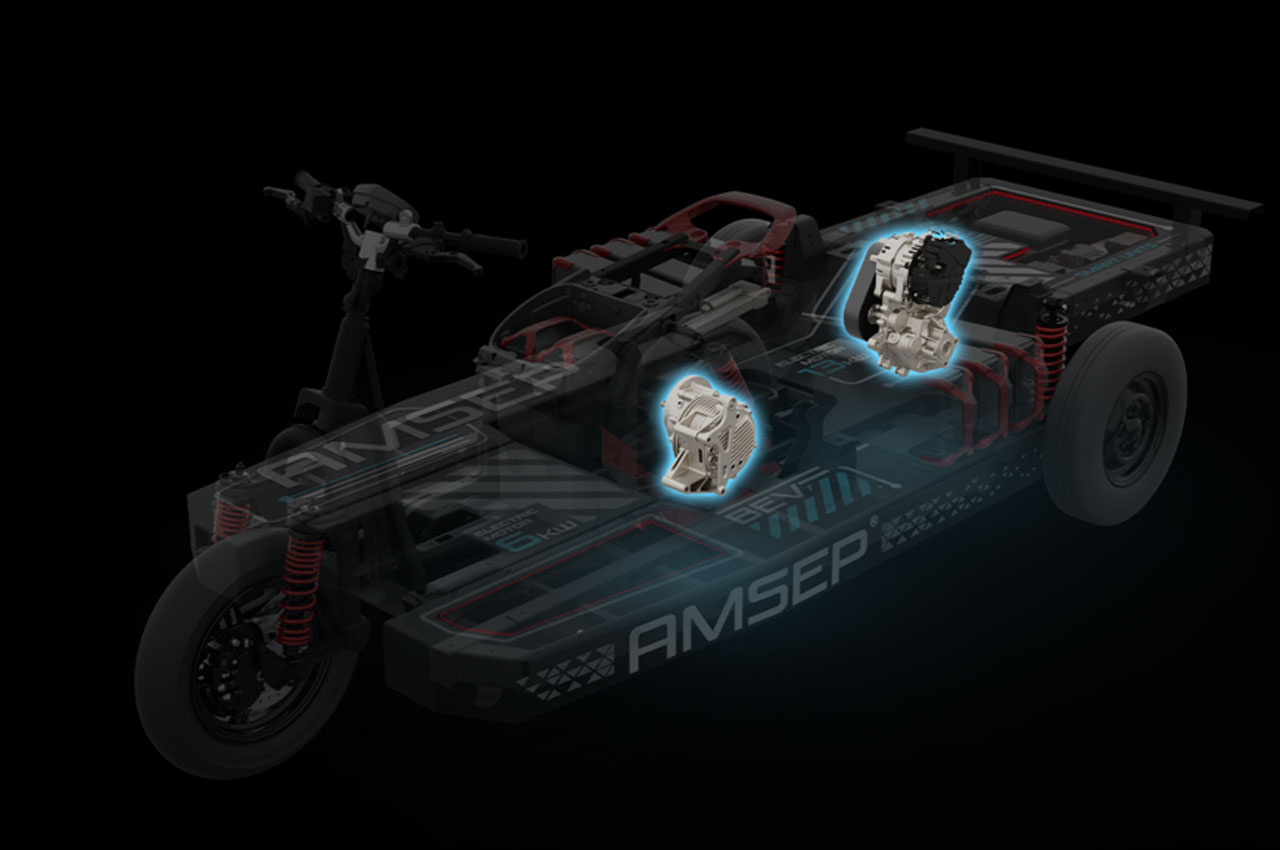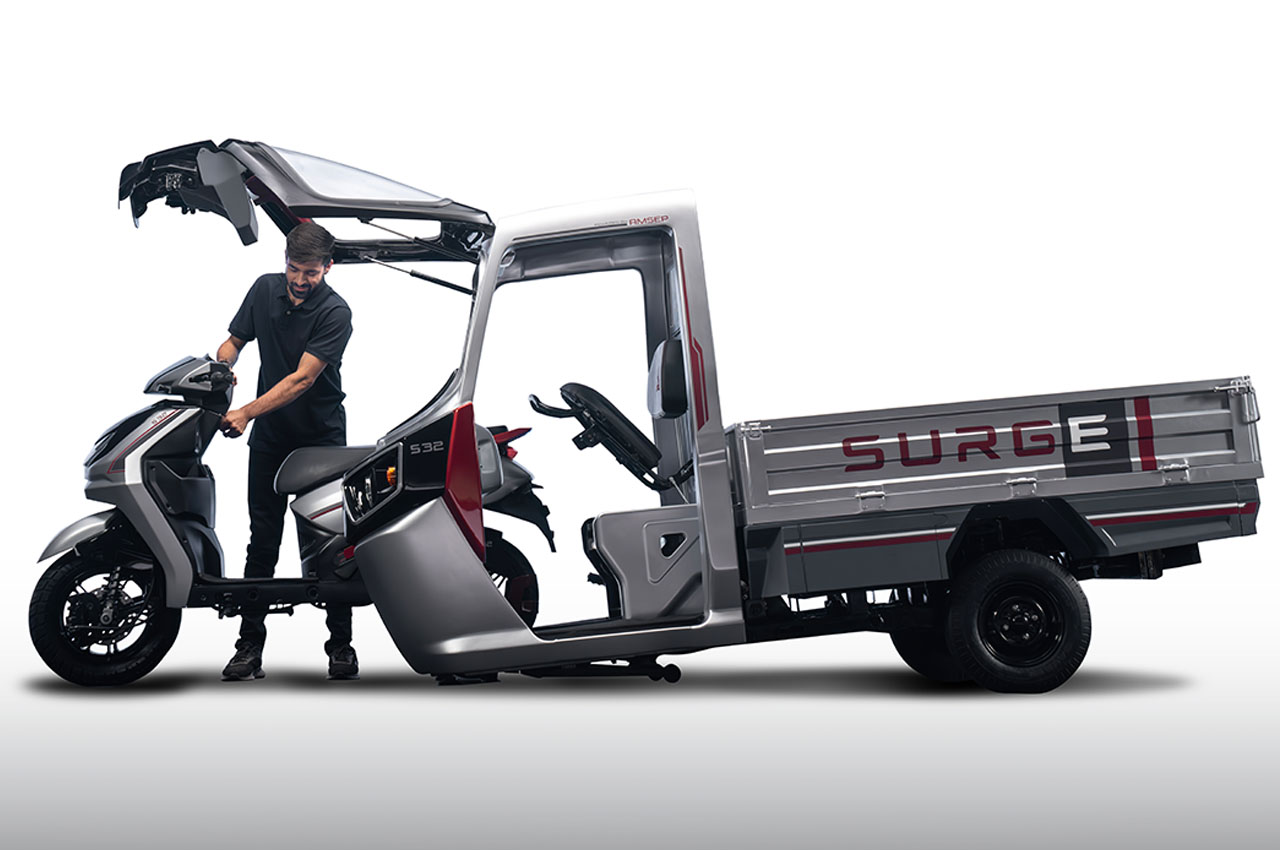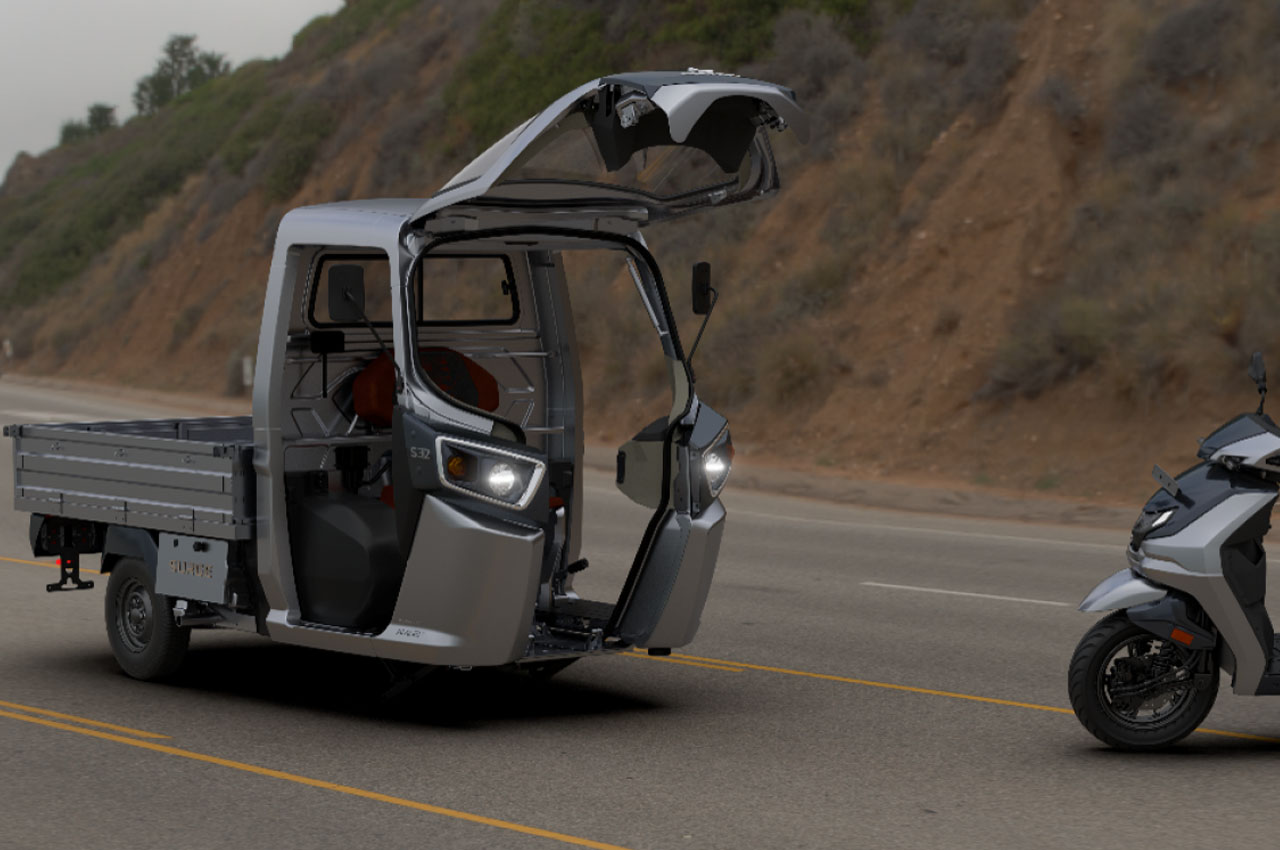
MotorSkins is revolutionizing the way we interact with technology with their cutting-edge SELK technology. This innovative system exemplifies the powerful fusion of ambient computing and programmable matter, promising to profoundly transform our relationship with both the digital and physical worlds.
Designer: Motorskins

SELK technology is the flagship innovation from MotorSkins. It integrates soft robotics, fluid logic, and software/API into a cohesive and intelligent system. This sophisticated multilayered textile structure, known as programmable matter, has the ability to sense, react, and adapt to its surroundings. This makes SELK not just a piece of technology, but a dynamic and interactive material.
In today’s rapidly evolving tech landscape, ambient computing is emerging as a visionary concept for the future. It imagines a world where technology is seamlessly integrated into our environment, working effortlessly and becoming an inherent part of our daily lives. Complementing this vision is the field of programmable matter, which involves engineering materials to dynamically change their properties, such as shape or function, in response to user input or environmental changes.
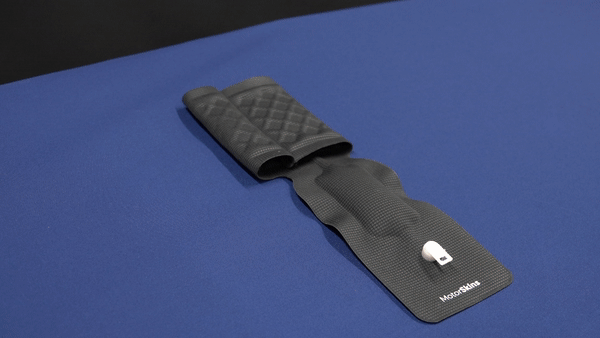
MotorSkins’ SELK technology sits at the intersection of ambient computing and programmable matter. This technology transcends traditional interfaces, offering a tactile, responsive medium that not only coexists harmoniously with its environment but actively enhances it. By incorporating SELK’s smart textile actuators into everyday products, MotorSkins showcases a forward-thinking approach to material science. These actuators transform static objects into interactive, adaptable interfaces, allowing materials to respond intuitively to user inputs and environmental changes.

The company is applying SELK technology to create dynamic orthoses in the healthcare sector. These orthoses, made from SELK’s versatile material, combine simplicity in design with enhanced functionality and performance. This wearable interface adapts to the user’s movements, providing support and flexibility where needed.
In the automotive industry, SELK technology is set to revolutionize car interiors. Imagine a car cabin that adjusts to your needs, with buttons, comfort features, and haptic feedback appearing only when required. This leads to safer and more intuitive interactions between drivers and their vehicles.


MotorSkins is also exploring how SELK can improve human-machine interfaces, creating more ergonomic workspaces and interactive, responsive environments. By merging programmable matter with the principles of ambient computing, MotorSkins is not just developing advanced tech interfaces; they are fundamentally reshaping the way we interact with technology.
These efforts predict a future where technology seamlessly integrates into our daily lives, enhancing our experiences in natural and unobtrusive ways. Motorskins’ innovative work demonstrates how design and technology can synergistically improve human life, making our interactions with the world more intuitive and connected.

The post Motorskins’ SELK Technology Is Bringing Textiles To Life For A Smarter Future first appeared on Yanko Design.



